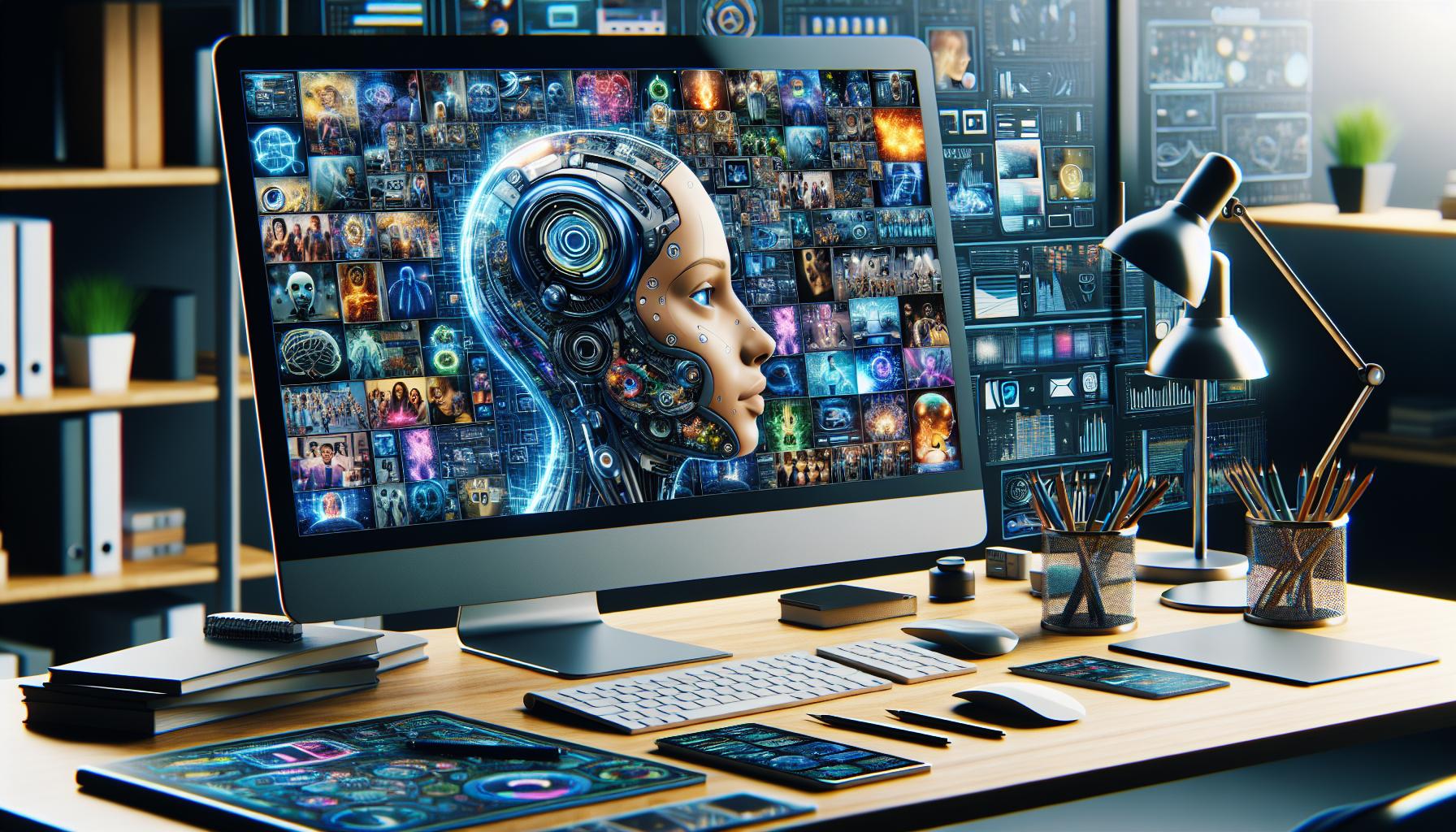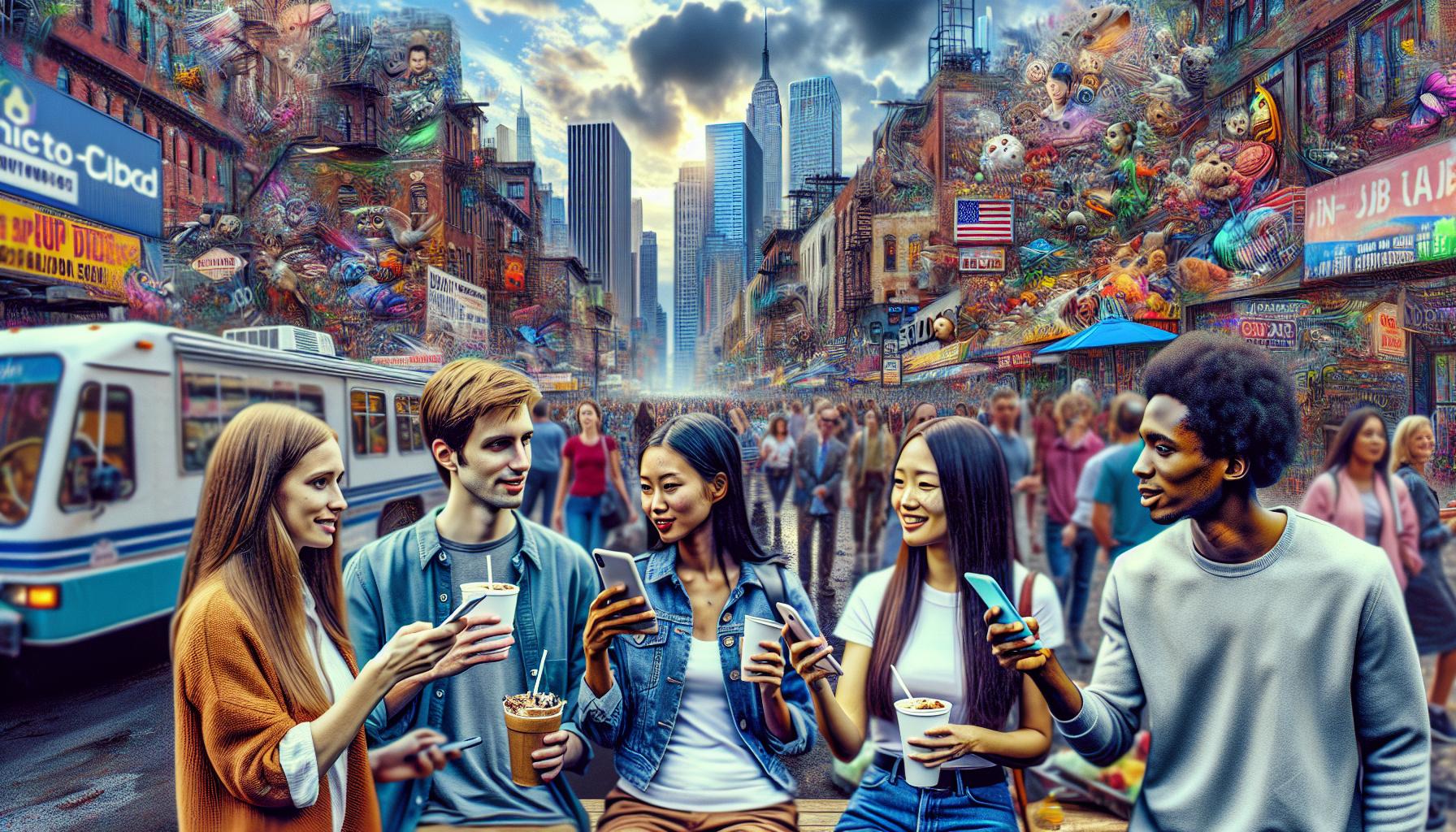Key Takeaways
- Understanding the Fundamentals: Traditional marketing uses offline channels, such as print and broadcast, while digital marketing leverages online platforms, offering real-time engagement and targeted campaign capabilities.
- Target Audience: Traditional marketing targets a mass audience through broad channels, whereas digital marketing allows for precise targeting based on user behavior, interests, and demographics.
- Cost-Effectiveness: Digital marketing is generally more cost-effective than traditional methods, providing businesses with budget-friendly options and better returns on investment.
- Measurement and Analytics: Digital marketing excels in performance tracking, utilizing analytics tools to improve campaign outcomes, while traditional marketing often relies on less precise estimation methods.
- Adaptability: Digital marketing enables rapid strategy adjustments based on real-time data, compared to traditional marketing, which is slower to pivot due to longer lead times and planning cycles.
- Building Trust and Recognition: While traditional marketing fosters brand recognition and consumer trust through familiar methods, digital marketing offers engagement and interaction that resonate with modern audiences.
In today’s fast-paced business landscape, the debate between traditional marketing and digital marketing is more relevant than ever. Both approaches offer unique advantages and challenges, shaping how brands connect with their audiences. Traditional marketing relies on established methods like print ads, TV commercials, and billboards, while digital marketing capitalizes on online platforms and social media to engage consumers in real-time.
As businesses navigate this evolving environment, understanding the differences between these two strategies becomes crucial. Traditional marketing may evoke a sense of nostalgia and trust, but digital marketing’s ability to track performance and target specific demographics can’t be overlooked. This article explores the strengths and weaknesses of each approach, helping marketers make informed decisions for their campaigns.
Traditional Marketing VS Digital Marketing
Traditional marketing encompasses methods such as print ads, radio spots, and television commercials. These strategies rely on established channels to reach audiences. Traditional marketing often generates a sense of nostalgia and trust with consumers. Brands using this approach frequently enjoy a broad reach, targeting different demographics through widely accessible mediums.
Digital marketing, on the other hand, leverages online platforms, social media, and search engines. This approach focuses on real-time engagement and interaction. Digital marketing allows for targeted campaigns, ensuring businesses reach specific audiences based on interests and behaviors. Analytics tools enable precise performance tracking, offering insights into customer engagement.
When comparing the two, traditional marketing excels in creating brand recognition and credibility. Digital marketing provides flexibility and adaptability, allowing companies to pivot strategies quickly based on performance data. Recognizing these distinctions helps marketers select the most effective approach for their campaigns.
Traditional Marketing
Traditional marketing encompasses conventional methods used to promote products or services through established channels. These approaches often rely on reaching a broad audience through media formats that have stood the test of time.
Definition and Characteristics
Traditional marketing refers to marketing strategies that utilize offline media and tools to reach consumers. Key characteristics include:
- Mass Audience Targeting: Campaigns aim to reach large groups, making it suitable for brands looking for wide visibility.
- Limited Interactivity: Audiences receive information passively, with less opportunity for immediate feedback or engagement.
- Tangible Materials: Marketing materials often include brochures, flyers, and direct mail, allowing for physical interaction.
- Time-Tested Reliability: Established methods, such as television and radio ads, have proven effective over decades, building trust among consumers.
Types of Traditional Marketing
Traditional marketing employs various methods to engage potential customers effectively. Common types include:
- Print Advertising: Includes newspapers, magazines, brochures, and flyers, often found in high-traffic areas or mailed directly to consumers.
- Broadcast Advertising: Encompasses television and radio commercials, providing visual and audio exposure to a wide audience.
- Outdoor Advertising: Includes billboards, transit ads, and posters displayed in high-visibility locations to attract attention during commutes or outings.
- Direct Mail Marketing: Involves sending promotional materials directly to consumers’ homes, targeting specific demographics through mailing lists.
- Event Marketing: Engages audiences through sponsorships, trade shows, and public events, allowing for direct interaction with potential customers.
Each type of traditional marketing serves distinct purposes and caters to various audience segments effectively.
Digital Marketing
Digital marketing encompasses a range of online strategies and tactics aimed at reaching consumers through digital channels. This approach allows for targeted, measurable, and adaptable campaigns that resonate with specific audiences.
Definition and Characteristics
Digital marketing refers to the promotion of products or services via the internet and electronic devices. Key characteristics include:
- Targeted Reach: Digital marketing enables precise targeting based on user demographics, interests, and behaviors.
- Real-Time Engagement: It facilitates immediate interaction with audiences, fostering communication through comments, shares, and likes.
- Measurable Results: Marketers can track performance through analytics, allowing for data-driven decision-making.
- Cost-Effectiveness: Digital marketing often offers lower costs compared to traditional methods, maximizing return on investment (ROI).
- Flexibility: Campaigns can be adjusted rapidly in response to performance metrics and emerging trends.
Types of Digital Marketing
Various types of digital marketing strategies exist, each serving unique purposes:
- Search Engine Optimization (SEO): Optimizes website content to rank higher in search engine results, increasing organic traffic.
- Pay-Per-Click (PPC): Involves paid advertising on platforms like Google Ads, targeting specific keywords to drive traffic to websites.
- Social Media Marketing: Utilizes platforms like Facebook, Instagram, and Twitter to engage users and promote products or services.
- Content Marketing: Focuses on creating valuable content to attract, inform, and retain audiences, driving user actions over time.
- Email Marketing: Involves sending targeted emails to a list of subscribers to promote products, share updates, or provide information.
- Affiliate Marketing: Partners with individuals or companies who promote products in exchange for a commission on sales generated through their efforts.
- Influencer Marketing: Collaborates with influencers to reach their followers and leverage their credibility to promote products or services.
Each of these digital marketing types plays a crucial role in an integrated marketing strategy, enabling businesses to connect effectively with their target audiences.
Key Differences Between Traditional and Digital Marketing
Traditional marketing and digital marketing differ significantly in their approaches and effectiveness. Understanding these distinctions helps businesses choose the right strategy for their target audience.
Reach and Targeting
Traditional marketing generally targets a mass audience, often casting a wide net through channels like television, radio, and print media. It focuses on demographic factors such as age, gender, and location. Digital marketing, however, offers precise targeting capabilities. It allows for segmentation based on user behavior, interests, and preferences. This specificity enhances engagement and conversion rates by delivering tailored messages to distinct audience segments.
Cost-Effectiveness
Traditional marketing campaigns can have high costs associated with media purchases, production, and distribution. Successful television or radio spots may require substantial investment, which can strain smaller budgets. In contrast, digital marketing typically provides more cost-effective options. Strategies like social media advertising or email marketing allow for budget-friendly campaigns that offer substantial returns on investment. Lower entry costs enable businesses to experiment with different tactics without risking large sums.
Measurement and Analytics
Traditional marketing lacks robust tracking capabilities, often relying on estimates to gauge success. Metrics such as brand awareness and reach can be difficult to quantify. Digital marketing excels in this area, offering detailed analytics that track user engagement, conversion rates, and campaign performance in real-time. Tools like Google Analytics and social media insights provide businesses with data-driven insights, allowing for immediate adjustments to optimize campaigns.
Traditional And Digital Marketing Is Crucial For Any Marketer
Understanding the nuances between traditional and digital marketing is crucial for any marketer. Each approach offers distinct benefits that cater to different needs and objectives. Traditional marketing fosters trust and recognition while reaching a broad audience. On the other hand, digital marketing excels in precision targeting and real-time engagement, making it an invaluable tool in today’s data-driven world.
Marketers should evaluate their specific goals and audience preferences to effectively leverage both strategies. By combining the strengths of traditional and digital marketing, businesses can create a comprehensive approach that maximizes reach and impact.


